From e to elite – How virtual platforms are changing pro cycling
As Jay Vine, Neve Bradbury and Ashleigh Moolman–Pasio boost their careers, we investigate how the 'eSport to elite-sport' journey could become normalised
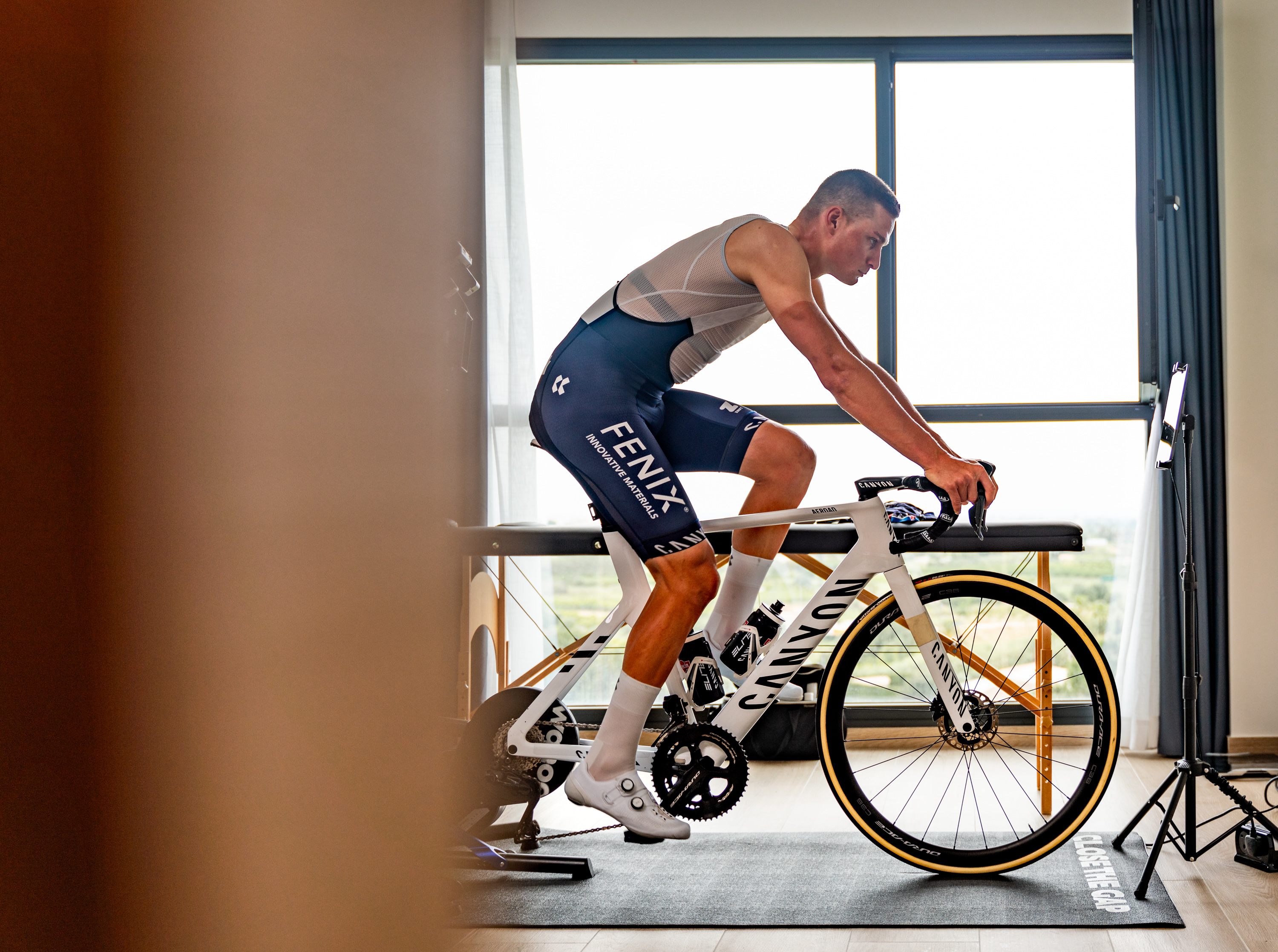
Cycling’s transfer merry-go-round continued to revolve into November as Australia’s Jay Vine secured a two-year contract with UAE Team Emirates after the annulment of the 26-year-old’s contract with Alpecin-Deceuninck.
"He can come to our team and be a very high-level rider on the climbs," commented UAE Team Emirates’ general manager Mauro Gianetti. "We think he can go for GC in the future."
Rewind just two years and the then Continental-level rider was celebrating success on the Zwift Academy programme. From riding in his front room to rubbing shoulders with Tadej Pogačar in two years, it has been a steep trajectory.
It is also the highest-profile exemplar of how indoor cycling – specifically the phenomenon that is Zwift – can kickstart a journey(wo)man cyclist's career.
An outlier? The growing evidence suggests not, as virtual cycling has become an ever-important platform for a rider to make their virtual dreams become a reality.
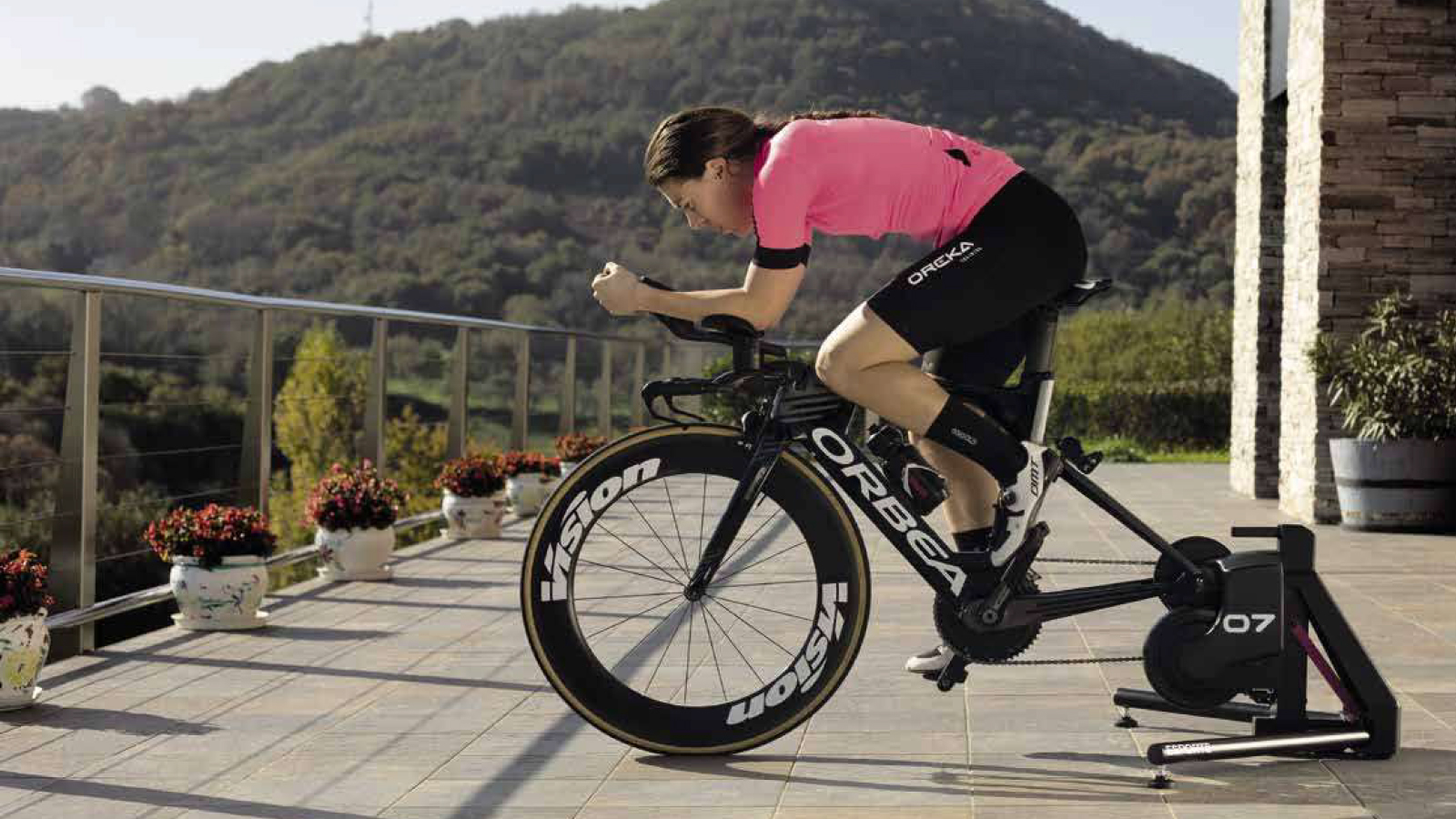
Identifying potential
In terms of talent ID, there is a two-way channel: a rider seeking a contract and a team searching for a rider.
Jay Vine was racing for Australian Continental team Nero when he won the 2020 Zwift Academy and with it a one-year contract with Belgian ProTeam team Alpecin-Fenix (now Alpecin-Deceuninck), who extended his contract to 2023 after he placed second overall at the 2021 Tour of Turkey and impressed at that year’s Vuelta a España.
Get The Leadout Newsletter
The latest race content, interviews, features, reviews and expert buying guides, direct to your inbox!
After winning the 2022 UCI eSports World Championships, Vine then finished runner-up again at the Tour of Turkey and also the Tour of Norway before making his true world-class breakthrough at the Vuelta, where he won two stages in three days and also looked set to win the mountain classification until a crash forced his withdrawal.
In preparation for the Academy, Vine’s build-up Zwift efforts were borderline insane. He’d complete four events in a row with just 10 minutes’ rest in between. His full-blown efforts measured two hours in that time. In short, he’d forged a mind and body that was ready for the next step.
"Many riders have come through the Zwift Academy and carved out a good professional career," says Chris Snook, Zwift UK’s Director of External Communications. "Ella Harris won the Academy in 2018 and has since won a stage of the Women’s Herald Sun Tour." The New Zealander has also just signed to Le Col-Wahoo from Canyon-SRAM.
"Then there’s Neve Bradbury, who’s just extended her contract with Canyon-SRAM," Snook continues, "while Tanja Erath, who was the second winner, now races for EF Education-TIBCO-SVVB after moving from Canyon-SRAM."
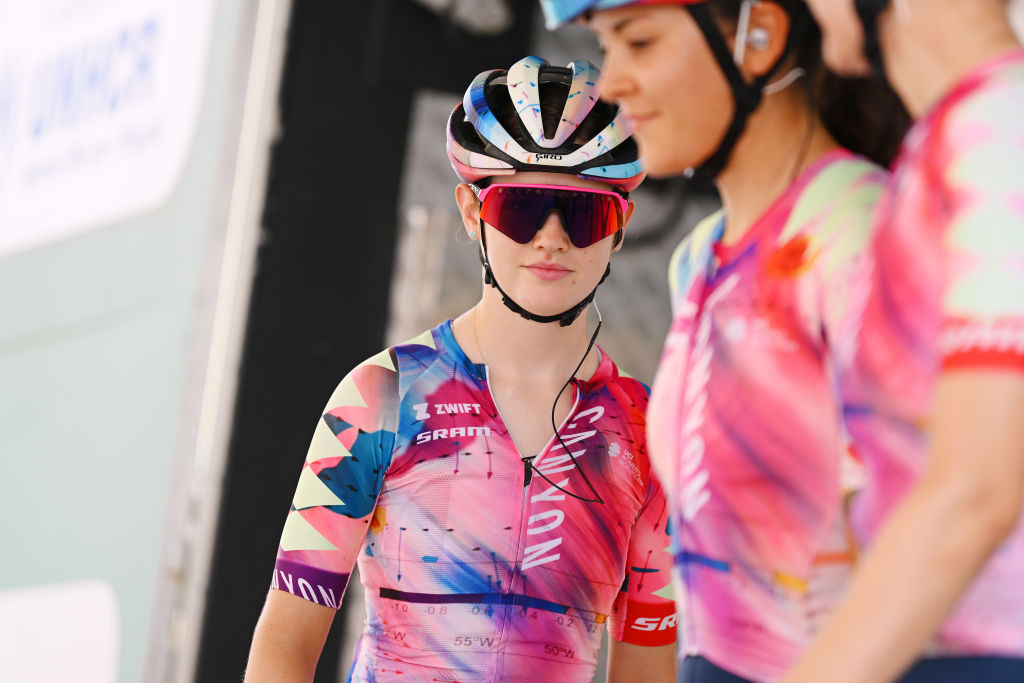
The Canyon connection
There are two themes here: Canyon-SRAM and female riders. The former is down to the WorldTour team reserving a place on their squad for the Zwift Academy winner every year since 2016.
"It’s a great prize," says Zwift, "but it’s even more rewarding seeing riders who’ve either extended their careers at Canyon-SRAM or moved to another WorldTour team. It’s validation for the programme."
Then there’s the female bias of Zwifters graduating to the top table. Back to Snook. "Because of fewer teams and lack of investment, there are fewer pathways for women. There are also fewer races to be noticed. It means the Academy can arguably have a greater impact. On the men’s side, you have under-23 teams, development teams, more races… there are more opportunities to be spotted."
Vine aside, the female riders often attract greater coverage, too, because they’re racing WorldTour rather than the men’s pathway, which is more developmental. There’s also a geographical link going on here. Vine, Harris, Bradbury – they’re all antipodeans.
"There’s a trend for Australian and New Zealand riders, often from Continental teams, to compete in the Zwift Academy because they know it’s potentially a ticket to race in Europe," says Snook.
The likes of Zwift globalise a sport in which, physically, Europe remains the professional epicentre, though arguably riders closer to home should increasingly look to utilise its talent-ID potential, too. Last month, Ribble Weldtite announced they were to fold at the end of the year. That means for 2023 there’ll be just three British UCI Continental teams. In 2019 there were six. Like many before them, the reason came down to lack of sponsorship.
Twelve months ago, SwiftCarbon Pro went the same way, with team manager Paul Lamb telling me that the rise of women’s cycling and corporate charity rides had diverted sponsorship away from their level of racing. "That’s no sleight on both, of course," he told me. "It’s just fact."
Snook knows as well as most about the challenges of domestic Continental racing as he used to compete for Madison-Genesis. "The Continental scene in mainland Europe is far healthier than in the UK right now," he says. "Teams are folding and races are drying up, so there’s not the same incentive for companies to invest. If you’re a UK brand, you want exposure domestically, not in mainland Europe. So the Academy is a good way for a rider to seek a professional contract."
Success leads to Saint Piran
Cooper Sayers races for British Continental team Saint Piran. The 23-year-old Australian joined the Cornish outfit midway through the year and enjoyed a strong second half to the season, finishing fifth behind winner Rory Townsend at Omloop Mandel-Leie-Meulebeke. He’s also one of the five male Zwift Academy finalists for 2022.
"The Zwift Academy is a fantastic way to showcase your talent," says Sayers. "And it’s not all about strength. To race on Zwift you also need knowledge of race tactics, which transfers to the road."
This is the second year in succession that Sayers has made the final and recognises his 2021 exertions flagged up his potential to Saint Piran, who are that rare commodity in the British Continental scene – a team who seemingly on the up. They not only have a men’s squad but women’s and development squads, too.
Though the Cornish outfit race at the same level as his previous team, Nero, Sayers been afforded the chance to hit cycling’s epicentre. "I’ve had amazing opportunities racing in Europe with Saint Piran," he says. "Richard [Pascoe, general manager] and Steve [Lampier, team manager] have delivered a high-quality roster.
"Yes, it’s sad that teams are folding but the British talent remains exceptional and riders are enjoying opportunities in European Continental teams as well," Sayers continues. "That said, I’d certainly recommend using Zwift to a British rider as a potential springboard to bigger things."
Moolman-Pasio, the indoor convert
A career injection from the indoor scene is not solely about the up-and-coming. In 2020, CCC-Liv rider Ashleigh Moolman-Pasio was contemplating her future. The then 35-year-old had enjoyed a glittering career, winning the South African road championships five times (a sixth arrived later in 2020) and forging a reputation as a fearsome climber. But was it time to retire?
"Before the pandemic, I avoided training indoors unless the weather was really bad. Thankfully, I was based in Girona so that wasn’t too often as the weather’s pretty good," Moolman-Pasio says. “But then I saw the potential of building a community, of engaging with the fan base. As I continued to train and do intervals on Zwift, I grew in strength. I started to hit the same numbers as on the road and then increased them.
"I suddenly realised the potential of Zwift and indoor training to help me become a stronger, better cyclist. I saw it as a good way to strength train, so I didn’t need to hit the gym and lift weights.”
Moolman-Pasio’s embracing of Zwift saw her rack up numerous victories. Not only that, the platform offered a visible physiological insight into the South African’s capabilities. "Your physical strengths can often be masked in a race because of things like tactics and weather," Moolman-Pasio says. "My power-to-weight ratio’s one of my strengths and Zwift made this clear."
So much so that Moolman-Pasio was one of two riders pulled from the app for posting numbers that were too high.
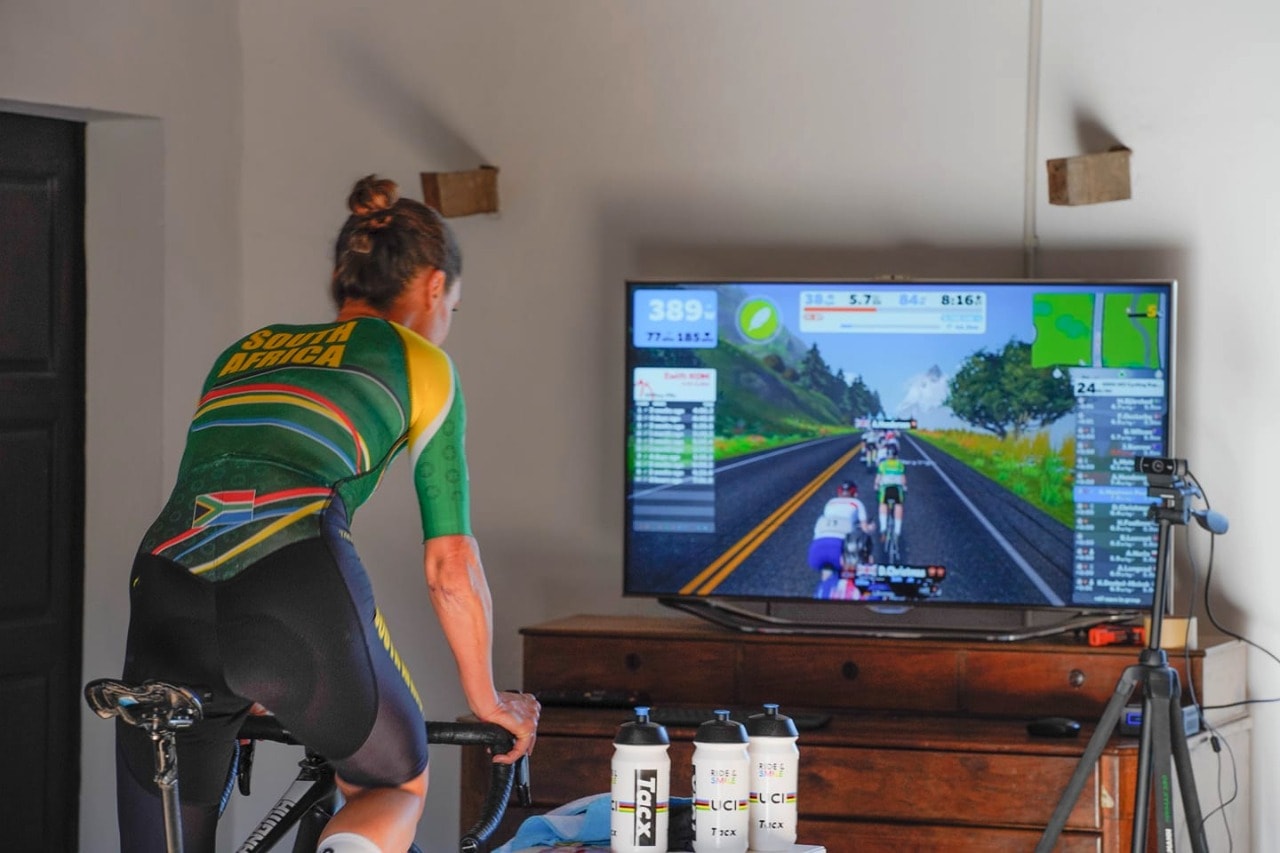
Moolman-Pasio was already on SD Worx’s radar, she says, but her Zwift results and data sealed the deal on a two-year contract. As a farewell to CCC-Liv, Moolman-Pasio won the first-ever UCI Cycling eSports World Championships in December 2020.
Moolman-Pasio has just enjoyed another strong season that’s seen her balance her indoor- and outdoor-riding ambitions. As well as competing in the Zwift Premier League season, she won the Tour de Romandie. Her efforts have also educated others about the potential benefits of indoor riding.
"This was the year that Danny [Stam, SD Worx team manager] started to display greater interest in indoor riding. They let me race Zwift in the off-season and provided support to try and challenge for the eSports world [she finished fourth] title on Zwift. I remember working for Lotte [Kopecky] at Strade Bianche from early in the race and still finished third. [Lotte won.] That’s when Danny really started asking how much time I spend on Zwift, how much time racing on Zwift and how I feel it helps me as an athlete."
Moolman-Pasio was going to retire at the end of this season, ending a road career that yielded 42 wins. But buoyed by her Zwift-fuelled form, she’s joining Continental team AG Insurance-NXTG for 2023.
Zwift’s not the sole virtual-riding platform that’s providing a pathway to the professional ranks, either.
Recently, UAE Team Emirates signed 30-year-old New Zealander Michael Vink off the back of some stellar performances on the relatively new riding app MyWhoosh.
Then again, the platform has a partnership with the UAE Team Emirates outfit so how much the Conti rider’s signing was based on merit or marketing remains to be seen. But it does raise the question of how much focus WorldTour teams are placing on the likes of Zwift and MyWhoosh when it comes to talent identification? Like the real world, do they have scouts eyeing prospective professionals?
"I don’t know precisely how much attention each team pays to Zwift but there are examples of riders making it beyond the Canyon-SRAM and Alpecin-Fenix prizes," says Snook. "Dutch rider Loes Adegeest won the 2022 UCI Cycling Esports World Championships and has now signed a contract with FDJ-Suez-Futuroscope, while former eSports World Champion Jason Osborne bagged a stagiaire role at Quick-Step in 2021, albeit did then move to Alpecin-Deceuninck."
Then there’s arguably the future-proofing pathway ridden by Ireland’s Imogen Cotter. In 2021, Cotter earned a place in Movistar’s eRacing line-up, the Spanish outfit becoming the first WorldTour team to set up a women’s and men’s eSports arms. Cotter impressed and has now signed for the Plantur-Pura team for 2022. She’d graduated from the virtual to the real world.
The future is Africa and eSports
One of the key areas that virtual cycling could tap into is Africa, if the infrastructure and affordability are in place.
"We’re trying to make Zwift more accessible in emerging nations, though the cost and tech remain prohibitive for many at the moment," says Snook.
"There was a Meta campaign recently that featured Zwift and Team Amani, which is an initiative to support the development of young East African cyclists. It highlights the potential of African riders and their potential for growth using technology."
It’s an impressive three-minute watch that you can view here.
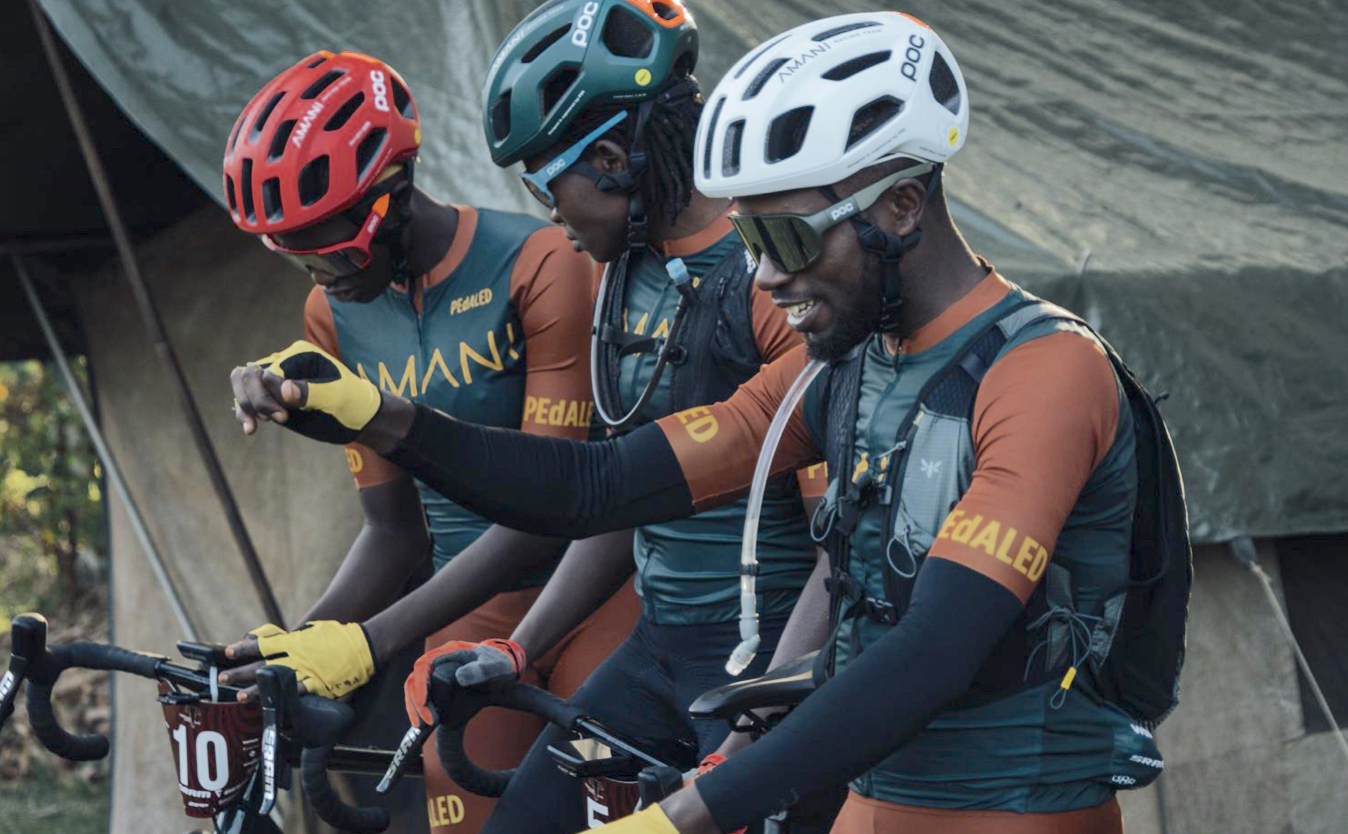
Offering a lower barrier to entry on Zwift could help give African riders an opportunity to progress on the road. But, says Snook, there’s also the opportunity to grow the eSport side of things – where success may lead to its own visibility and sponsorship opportunities.
That isn't just a consideration for regions outside of pro cycling's sphere of influence, but budding European riders may also begin looking to eSports as a route into the sport.
"I know that Jumbo-Visma and their team manager, Richard Plugge, have been taking indoor trainers and Zwift to schools in the Netherlands. And I’ve seen so many pics from parents showing their kids on bikes where the stabilisers are mounted on a wooden block and a speed sensor attached to the wheel.
"This younger generation will understand the eSport scene more and understand the opportunities. There’s a slightly different mindset mentality to the eSports side. Unlike cycling on the road, where your job is to turn up, get results and let the team do a lot of the marketing for you, dedicated eSports competitors are savvy and create their own brands."
In a cultural landscape where YouTube vloggers make a living playing video games to an audience of millions, it’s no seismic mental leap to see tech-native cyclists focusing their careers on the virtual side of sport instead of the real, and cultivating altogether difference audiences in the process.
The COVID-19 pandemic saw indoor cycling and the likes of Zwift boom. But there seems to be no bust. In fact, when it comes to forging performance and profitable pathways, these look like early days.
Break down the tech, connection and fiscal barriers in developing countries and a huge new audience awaits. WorldTour teams are spotting the marketing potential of engaging recreational riders and this will only grow further as lives become even more intertwined with tech.
As an affordable scouting tool for teams, it also looks a no-brainer, while budding Pogačars and Van Vleutens will grow up cycling virtually against their heroes and then forge a road career or focus solely on the eSports side.
"Welcome to the 2030 Tour de France and Tour de France Femmes winners," the Rob Kemp avatar will commentate. "And to think, just three years ago they were riding the Zwift Academy from their Ugandan homes…"